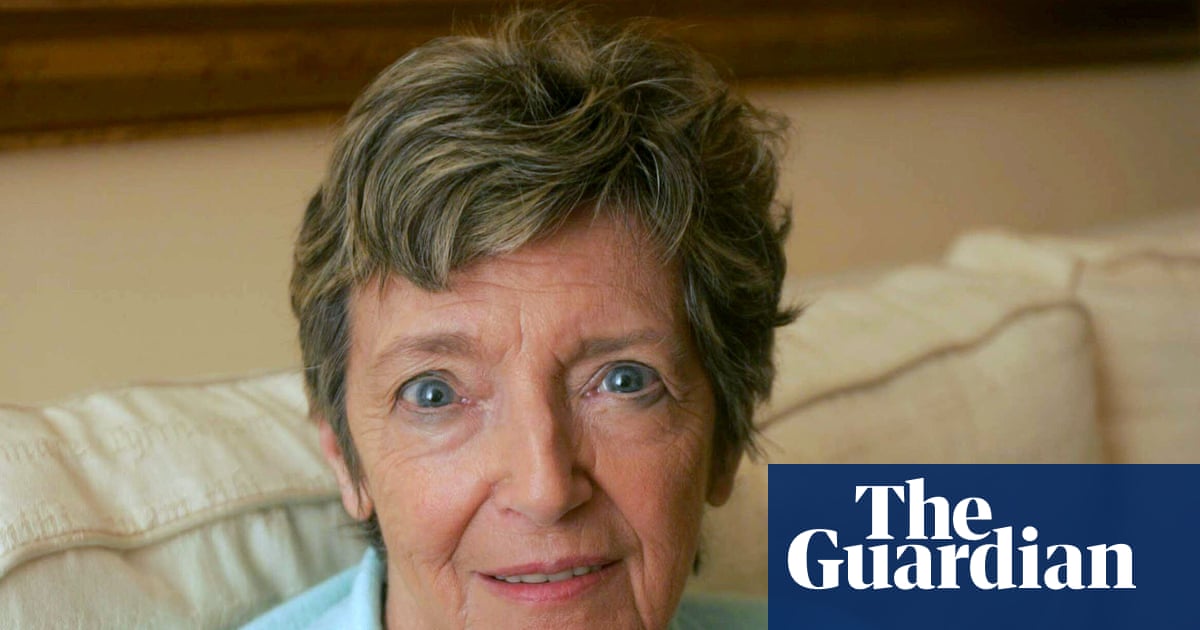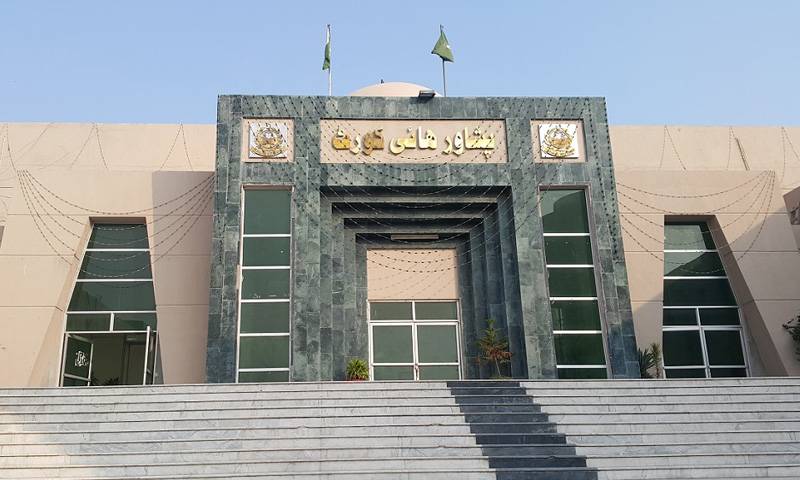The Shakespeare drama starring Paul Mescal and Jessie Buckley has a stellar cast but is “exploitative” and lacks subtlety – “it tugs the heartstrings and targets the tear ducts with absolute ruthlessness”.
There’s no doubt that, in many people’s…

The Shakespeare drama starring Paul Mescal and Jessie Buckley has a stellar cast but is “exploitative” and lacks subtlety – “it tugs the heartstrings and targets the tear ducts with absolute ruthlessness”.
There’s no doubt that, in many people’s…

Flesh for Frankenstein, the 1973 erotic horror film that brought the actor Udo Kier an early taste of fame, was presented in 3D, the better to make its ingeniously disgusting effects truly pop. The gory highlight showed Kier, as Baron…

CloudKitchens CTO Brian Atwell said he has considered a way to shake up the startup’s hiring process by implementing one of the oldest kinds of tests.
“It probably wouldn’t hurt if you slapped an IQ test in front of…

SINGAPORE, Nov 27 (Reuters) – Independent refiners in China have received their first batch of crude oil import quotas for 2026 that can be used for cargoes arriving by the end of the year, trade sources said on Thursday.
The release of the fresh quotas is expected to boost crude imports by the world’s largest oil importer and ease a supply glut.
Sign up here.
Among the refiners, Hengli Petrochemical received a quota to import 2 million metric tons (40,000 barrels per day) of crude, said two of the sources with knowledge of the matter.
Rongsheng Petrochemical was permitted to import 750,000 tons, while Shenghong Petrochemical and Hongrun Petrochemical received quotas of 120,000 tons and 530,000 tons, respectively, three sources with knowledge of the matter said.
A source at another independent refiner said the company expected to receive official notification later on Thursday.
Tallies from trade sources showed that quotas of about 8 million tons have been issued to 21 refiners so far, up from 6.04 million tons issued in November 2024.
China’s commerce ministry, which regulates crude oil import quotas, did not immediately respond to a Reuters fax message to seek comment.
Last month, the ministry set the crude import quota for non-state trade at 257 million tons for 2026, unchanged from 2025.
Beijing is expected to dispatch the remaining quota for 2026 early next year, one of the sources said.
“The new issuances are expected to lift prices for prompt Iranian, Venezuelan, and Russian cargoes and help clear part of the floating storage,” Kpler’s senior analyst Xu Muyu wrote in a report on Thursday.
“The broader oil market is also set to find some support, although growing scepticism over US sanctions and lingering oversupply concerns are likely to keep persistent downward pressure on Dubai prices,” she added, referring to the Middle East crude price benchmark.
In October, the shortage of import quotas and tightening Western sanctions curbed China’s imports, leading to deeper discounts for sanctioned oil and a surge in the volume of oil stored on board ships in Asian waters.
Reporting by Chen Aizhu, Liu Siyi, Florence Tan and Trixie Yap; Additional reporting by Sam Li in Beijing; Editing by Christian Schmollinger, Thomas Derpinghaus and Clarence Fernandez
Our Standards: The Thomson Reuters Trust Principles.

My mother, Jill Freud, who has died aged 98, was a dynamic actor and producer, and the founder of one of the UK’s most cherished summer rep theatres.
On graduating from the Rada drama school in London in 1947, Jill, under the stage name Jill…

Kang Jani of the Republic of Korea led all men’s qualifiers at skateboarding’s WST World Cup Kitakyushu Street 2025 in Japan on Thursday (27 November).
The 17-year-old Jani topped a field of 91 male skaters with a second run of 54.37 to pave…

The Peshawar High Court (PHC) has barred political meetings, processions, and all unrelated gatherings within the premises of government and educational institutions, ruling that such activities undermine the purpose and sanctity of public…

The estate of Johnny Cash is suing Coca-Cola for illegally hiring a tribute act to impersonate the late US country singer in an advertisement that plays between college football games.
The case has been filed under the Elvis Act of Tennessee, made…

The best Black Friday Garmin deals at a glance:
…

F1’s final triple-header sequence of 2025 continues with the Qatar Grand Prix night race. Need to Know is your all-in-one guide for the weekend through various statistics, driving pointers, strategy tips and more.
With the Sprint format in play…